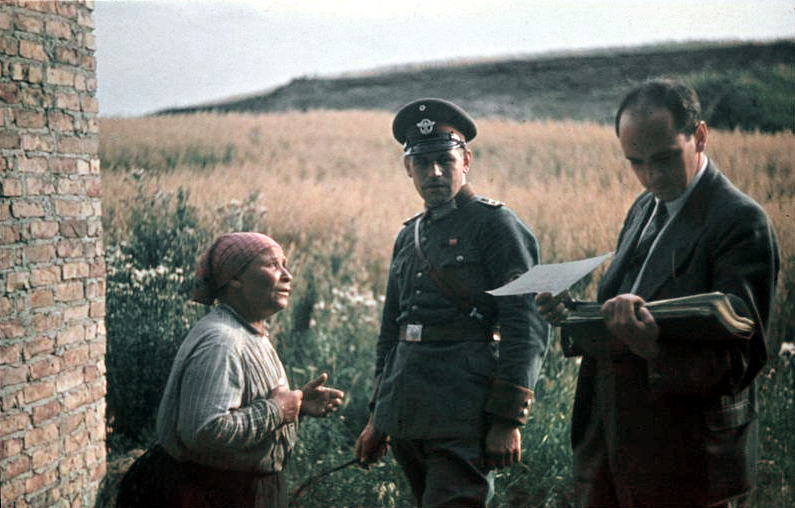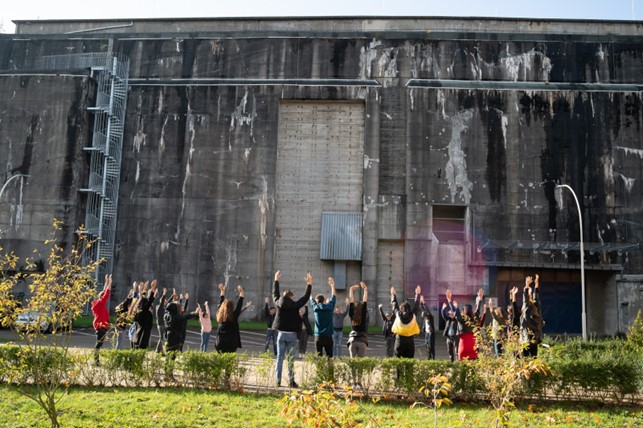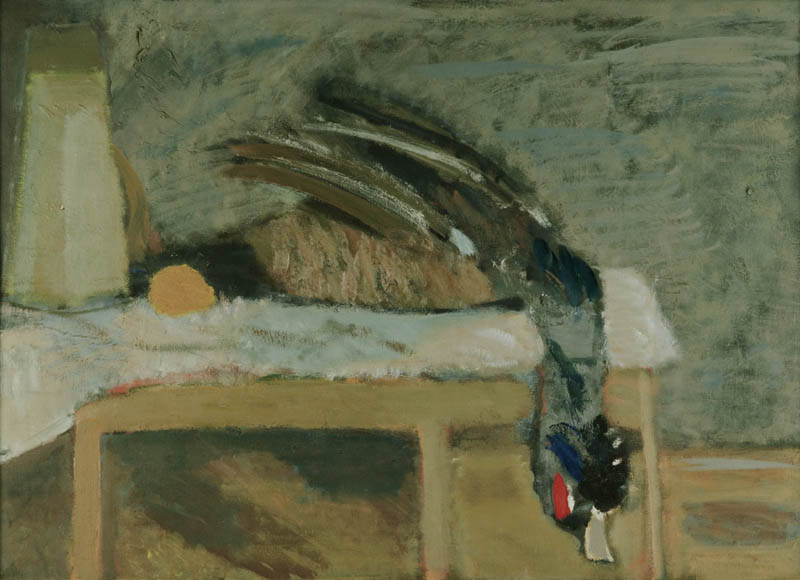The genocide of Roma and Sinti represents one of the darkest chapters of World War II. Like the Jewish population, Roma and Sinti suffered severe persecution under the Nazi regime. Subjected to forced displacement, imprisonment in concentration camps, and systematic violence, they became victims of Nazi racial policies whose impact is still felt within Roma communities today.
In this lesson:
- Interactive map “Marginalized Histories” – Explore Roma and Sinti experiences across five European countries before and during WWII.
- Two short films – Personal stories of Roma and Sinti victims of Nazi persecution.
- Recording from the webinar ’How to talk about history of Roma and Sinti in the classroom?’
- Article ‘The Genocide of the Sinti and Roma: Why Should We Remember It Today?’ by historian prof. Trojański
- Five classroom exercises – Creative activities using maps and visuals.
- Photo gallery – Historical images illustrating this often-overlooked genocide.
This lesson helps students understand how racism and pseudoscience led to genocide—and why remembering the Porajmos remains vital today.
Marginalised Histories
Discover case studies and biographies of Roma and Sinti which reveal their discrimination and persecution in the pre-World War II Europe.
‘Marginalised Histories’ is an online tool which aims to introduce Roma and Sinti history into the learning practice of teachers and educators. On the interactive map you will find five countries. By clicking on one of territories, you will read case studies of discrimination and persecution of Roma and Sinti before the Second World War. Additionally you will find information on circumstances of Roma and Sinti genocide during the the Second World War in each of the countries. This map has been designed to be used with students aged 15 years old and over.
In the ‘Activities for students’ section you will find several proposals on how to use this ‘Marginalised Histories’ map with your students. They contain ideas such as writing journal relating to a historical figure simulating the International Court of Human Rights or sending a letter to the past.
Click below to see the map:
















